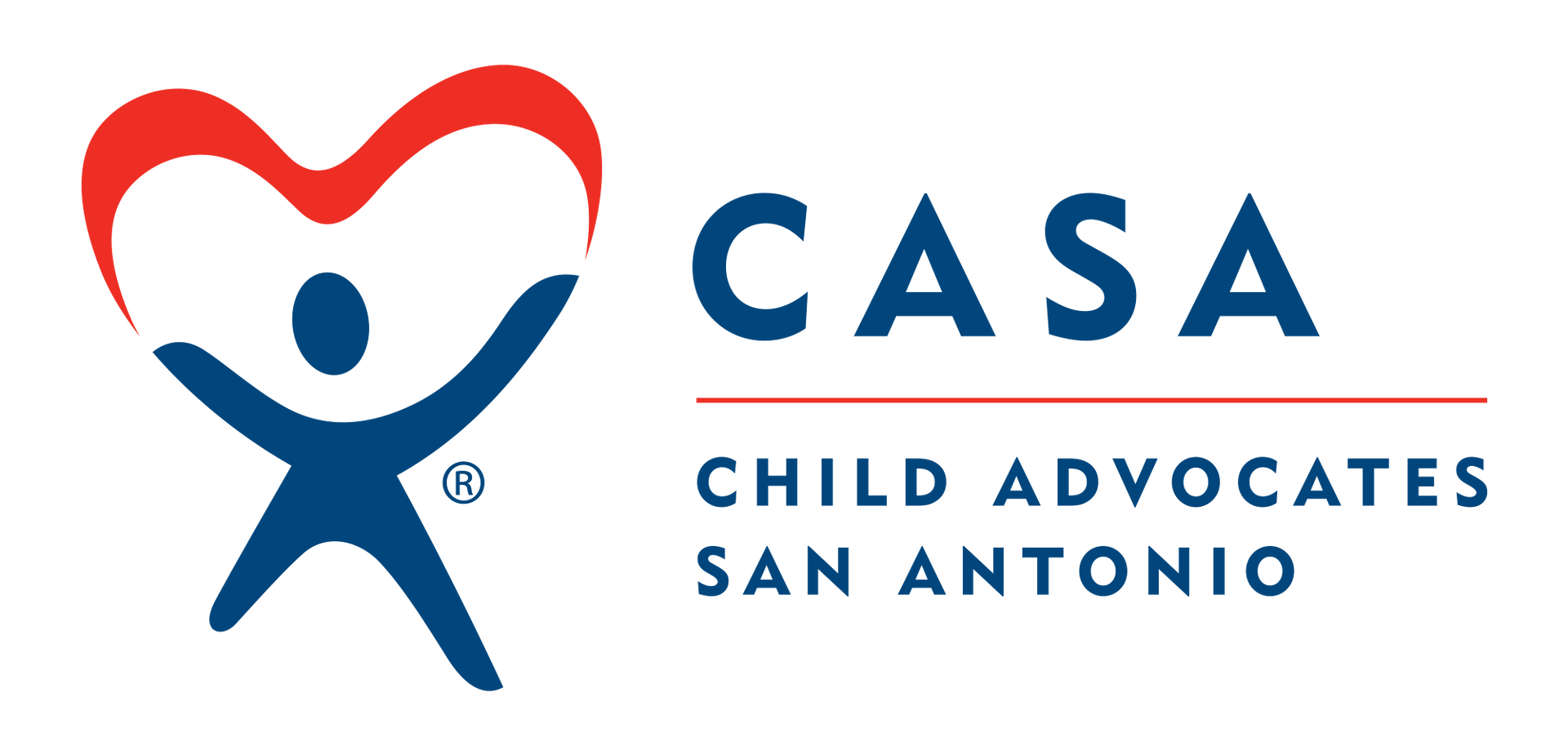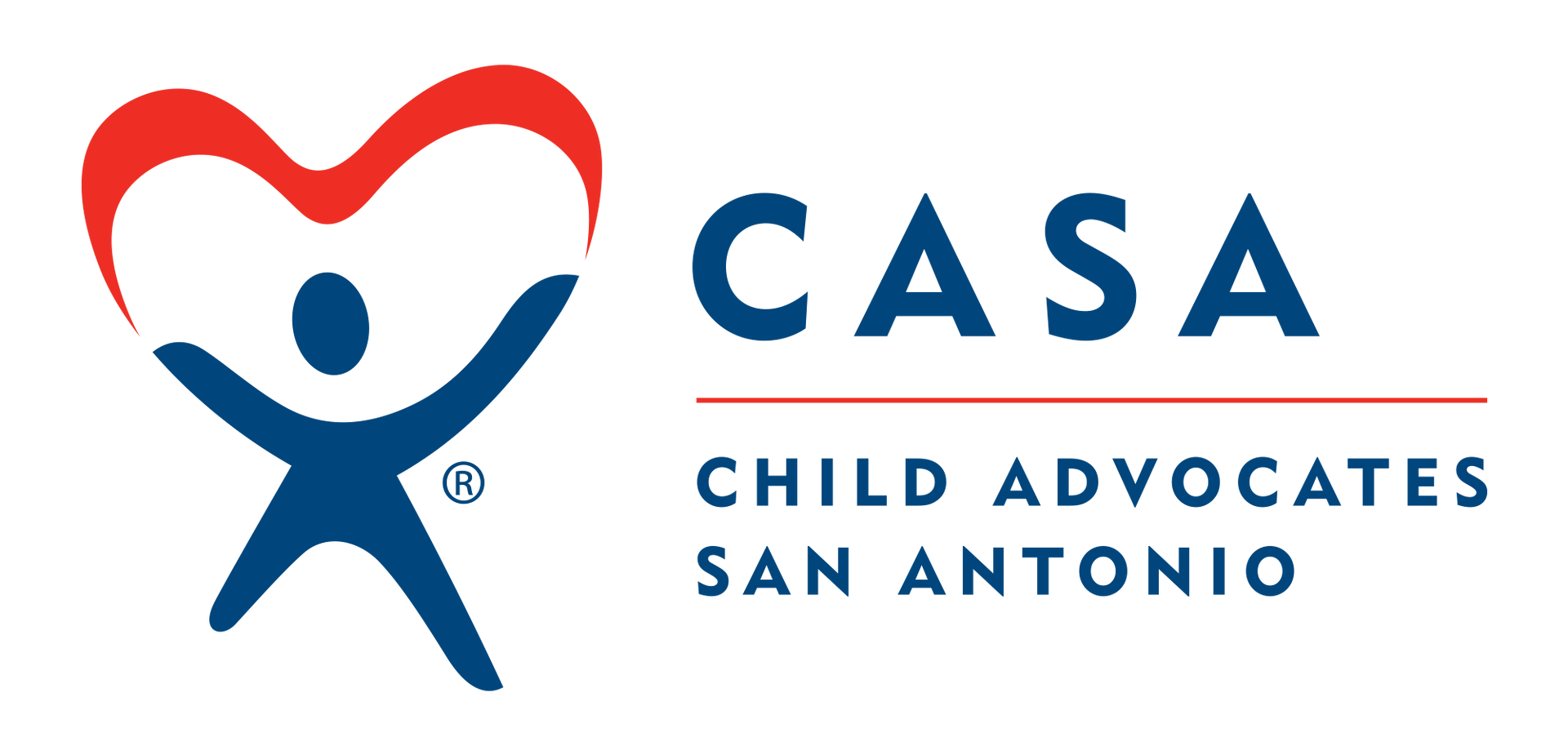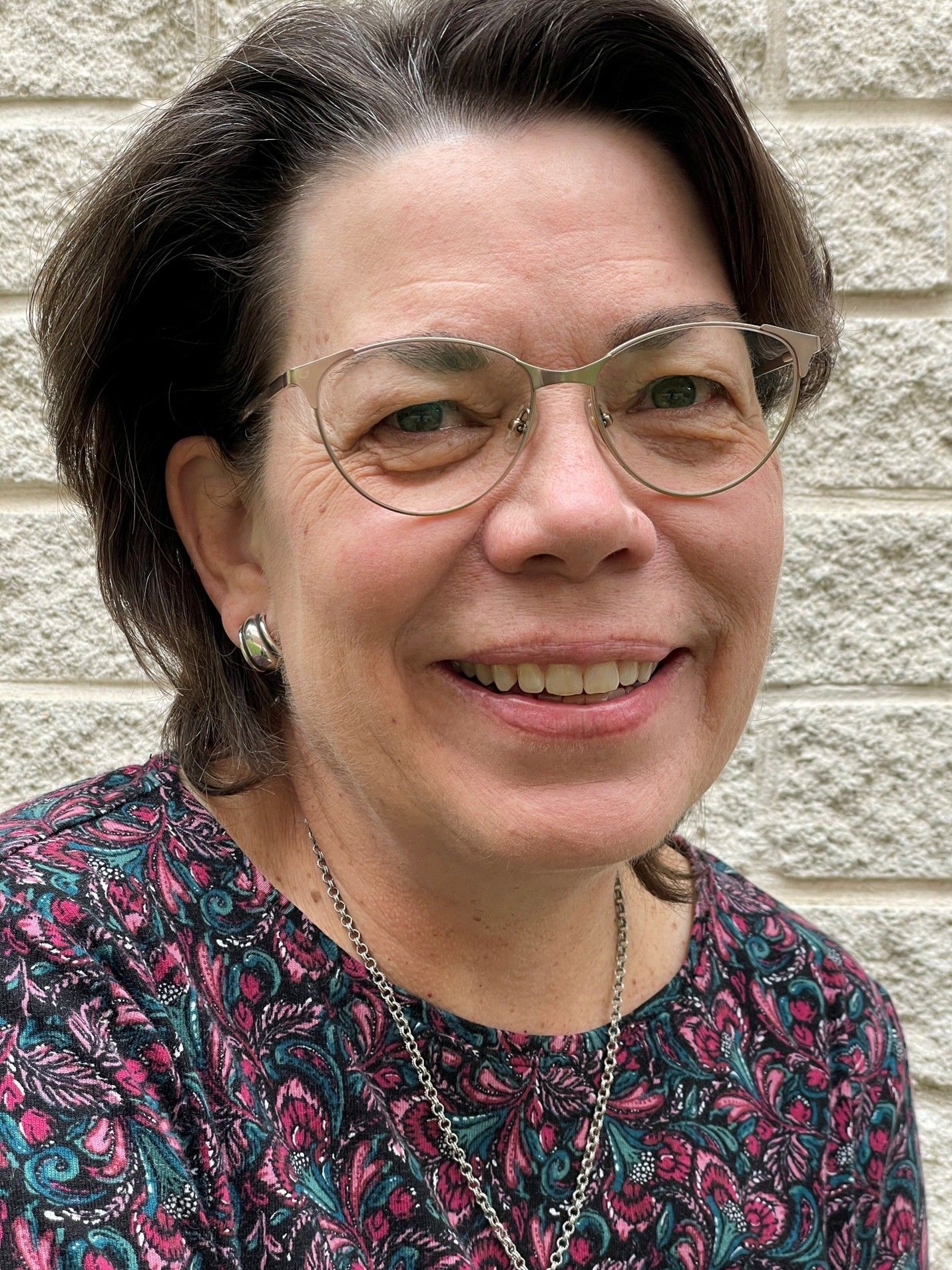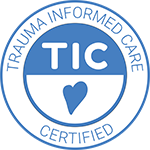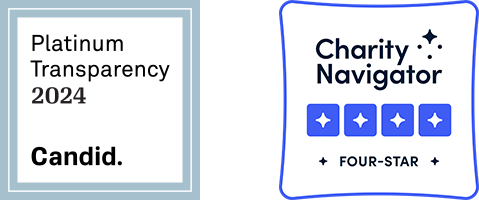Black History Month
Spotlight: Simone Biles

Simone Arianne Biles (born March 14, 1997) is an American artistic gymnast. Biles is a three-time world all-around champion (2013–15), three-time world floor champion (2013–15), two-time world balance beam champion (2014, 2015), four-time United States national all-around champion (2013–16), and a member of the gold medal-winning American teams at 2014, the 2015 World Artistic Gymnastics Championships, and the 2016 Olympic games in Rio.
Biles is the first African-American to be a world all-around champion and the first woman to win three consecutive world all-around titles. Biles is also the most decorated American female gymnast in World Championships history, with fourteen medals, ten of them gold.
Simone Biles was a member of the 2016 USA Olympic team dubbed the "Final Five" who took gold in Rio de Janeiro. Other team members included 2012 Olympic all-around gold medalist Gabrielle Douglas, 2012 Olympic floor gold medalist Alexandra Raisman, 2015 uneven bars world champion Madison Kocian, and the sixteen-year-old newcomer Lauren Hernandez.
Personal Life
Simone and her three siblings entered Ohio's foster care system at age five due to her mother's substance abuse issues. They stayed in Ohio's system for three years until 2000, when they moved with their grandparents in Texas. Shortly after, in 2003, Simone was adopted by her grandparents.
Simone competed in the 2016 Summer Olympics in Rio de Janeiro, Brazil. She is the #1 ranked gymnast in the world and brought home the gold!
Thanks to: Airika Buford, LLMSW, Project Director, Bexar County Fostering Educational Success Pilot. The University of Texas at San Antonio for providing this information.
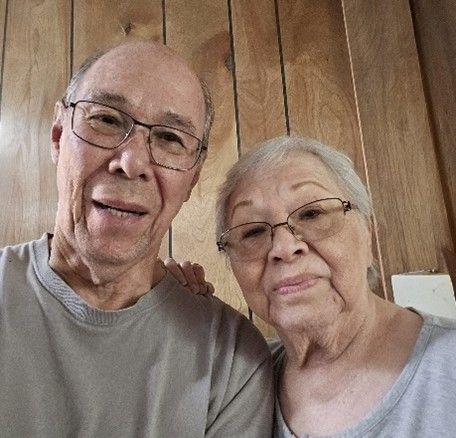
Jimmy and Mary Young eagerly began their second case in August 2024. The children—Chris, 11; Emily, 9; and Sofia, 7—were in the care of the Department due to neglectful supervision by their mother, who struggled with alcohol dependency and depression. She had left the children unattended to travel to Port Aransas to drink and go fishing. In addition, the home environment was observed to be in disarray, with minimal food, posing a risk to the children’s well-being. The mother was arrested on three counts of abandonment of a child. The children’s father had passed away from cancer a few months earlier, in March 2024. The children were initially placed with their grandmother, who decided after a few weeks that she could not care for them. They were then placed with an uncle, who gave notice within two weeks. Subsequently, the children were placed together at Boysville, where they remained for the duration of the case. Although the children had already experienced two moves in just one month, the Youngs were optimistic about their placement at Boysville. The children from Jimmy and Mary’s first case had also been placed at Boysville, so the Youngs were familiar with the facility and had established a good rapport with the staff. From the beginning, Mr. Jimmy introduced himself to all parties involved in the case, exchanged phone numbers with the caseworker and the children’s attorney, and maintained close communication with them during the children’s moves. Once the children were placed at Boysville, Mr. Jimmy contacted the case manager and counselors there to inquire about setting up therapy and enrolling the children in school. The Youngs advocated for transportation to and from school, and the children were approved to ride the school bus. They also recommended bereavement therapy to help the children cope with the loss of their father. Mr. Jimmy learned about a summer camp at the Children’s Bereavement Center, made a few calls, and successfully registered the children to attend. Throughout the duration of the case, the Youngs visited the children monthly, maintained close contact with the CPS caseworkers, updated the children’s attorney after visits, and remained in frequent contact with the children’s therapists and teachers. They advocated for tutoring and addressed behavioral concerns with the children’s therapists. The Youngs documented everything in Optima, wrote court reports, and attended several CASA training courses to stay informed and further their knowledge of child welfare. They also chose to attend court in person to maintain face-to-face contact with the judge, other parties on the case, and the children’s mother. One particularly notable aspect of this case was the Youngs’ consistent communication and engagement with the children’s mother. After their initial meeting, the Youngs maintained regular contact with her, inquiring about her progress in services, employment, and housing. They frequently encouraged her to continue and complete her services, checked in after court hearings, and provided moral support—offering her hope. During the previous Christmas, Jimmy and Mary sent the mother a recording of the children singing Christmas carols, delivered messages from the children, and shared photos of special events. During phone calls or family visits, they listened patiently, giving her space to express herself. Within a few months, the mother opened up to them about the children’s father and his cancer diagnosis, sharing how it was discovered and discussing his passing. As the mother continued working on her services, Jimmy and Mary cheered her on, reminding her that her efforts were for the sake of reuniting with her children. At the merits hearing in September, the Youngs, in agreement with CPS, recommended an extension to allow the mother more time to maintain sobriety, begin extended visits with the children, and possibly start overnight, unsupervised visits. The extension was granted, as the mother had completed all her services and maintained stable employment and housing. Weekend visits began, and by late September, the mother continued testing negative for substances. The children were placed with her on a monitored return. Jimmy and Mary visited the children in the home for the following two months, providing CPS, the children’s attorney, and the court with very positive feedback. The children were happy, thriving, and their needs were being met. The Youngs provided their final recommendation of reunification in court in late November, and the judge granted reunification, dismissing CPS from the case. It was the Youngs’ consistent communication and encouragement toward this young mother that led to the successful reunification. They followed up after hearings, facilitated communication between the mother and caseworkers when the relationship felt strained, and provided the mother the opportunity to share her perspective without judgment—all while encouraging her to do her best for her children.
